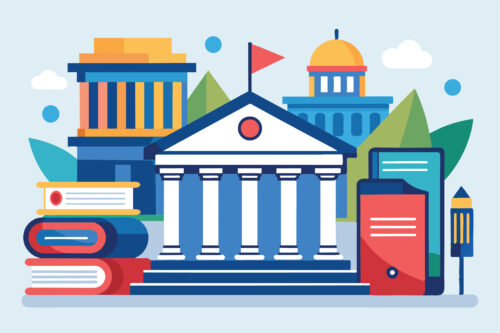The Problem
Algorithmic ranking and recommendation systems determine what kinds of behaviors are rewarded by digital platforms like Facebook, YouTube, and TikTok by choosing what content to show to users. Because these platforms dominate our attention economy, and because attention can be transformed into money and power, platform recommendations therefore provide a reward structure for society at large.
Platforms currently reward divisive behavior with attention due to the interactions between engagement-based ranking and human psychology. This helps determine the kinds of politicians, journalists, entertainers, and others who can succeed in their respective social arenas, resulting in significant impacts on the quality of our decision-making, our capacity to cooperate, the likelihood of violent conflict, and the robustness of democracy.
The opportunity
We can potentially mitigate this ‘centrifugal’ force toward division by deploying ranking systems that do the opposite—that provide a countervailing ‘centripetal’ or bridging force.
Bridging-based ranking rewards behavior that bridges divides. For example, imagine if Facebook rewarded content that led to positive interactions across diverse audiences, including around divisive topics. How might that change what people, posts, pages, and groups are successful?
This report explores the potential of bridging and discusses some of the most common objections, addressing questions around legitimacy and practicality. It contrasts bridging with some of the most discussed approaches for reforming ranking: reverse-chronological feeds, ‘middleware’, and ‘choose your own ranking system’. (Unfortunately, without introducing bridging, all of these proposed reforms still reward those who seek to divide.) Finally, this report explores early examples where bridging systems are already being tried with some success.
Summary of Next Steps
We can and should rapidly build capacity to develop, evaluate, and deploy bridging-based ranking systems.
- Governments, platforms, funders, and researchers must direct resources towards this goal.
- We specifically call for platforms to measure the extent to which their products divide people (bridging metrics), and to include both bridging metrics and bridging-based ranking into their product roadmaps and quarterly goals.
- To address legitimacy and platform power concerns, we suggest putting the ultimate question of ‘what recommendation systems should reward’ to the impacted populations through platform democracy. We further argue that the default should not be divisive engagement-based ranking, or chronological feeds (that reward those who post the most), but bridging-based ranking (as it actively mitigates divisive tendencies).
- We must involve interdisciplinary scholars and practitioners to ensure that what we create is truly beneficial for the public and democracy.
Bridging-based ranking alone is not a silver bullet—we need other reforms to address the many challenges of platform-enabled connectivity. But bridging would help address one of the most significant risks—that of being pushed past a “division threshold” beyond which democracy can no longer function.




